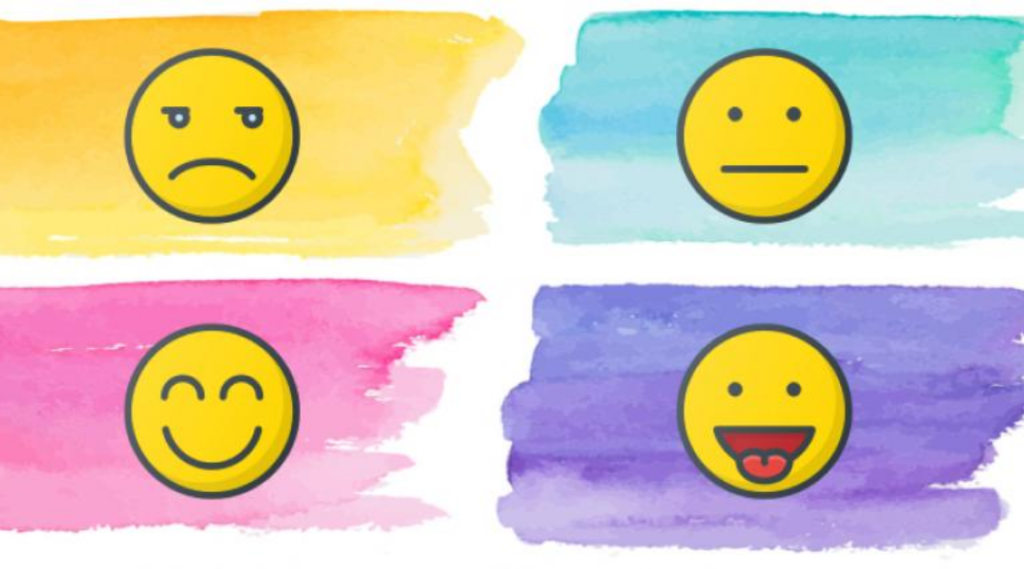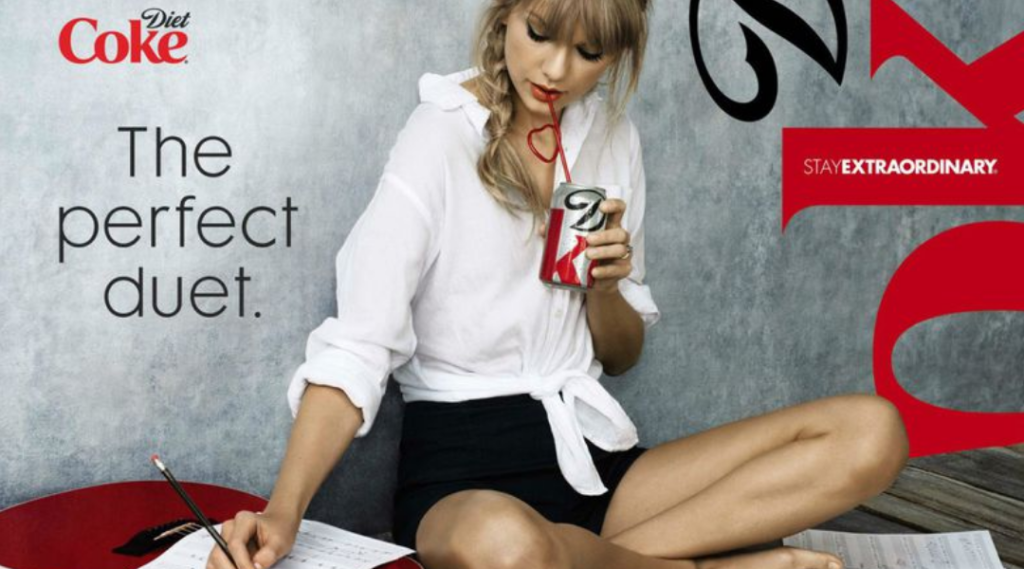Background
If someone asked you ‘how do you feel?’, what would your response be? Would you know how you’re feeling? Would you be able to articulate the answer? Or would you know the reasons or drivers behind your response? Even when you do pull together a response, anything you can conjure up will be a simple summary overview of your general feeling, without any level of specificity.

Neuromarketing research provides us with the platform to understand human behaviour and interpret the subconscious reaction of the individual towards a given stimulus.
How is this valuable? Well, imagine you spent your entire evening preparing a meal for your family, who have all seen the level of effort you have gone to produce the meal. You then ask, ‘do you like it?’ How do you think they will respond?
Now, imagine you were able to analyse and interpret the range of emotions that your family went through while eating the meal to understand exactly what emotion they felt, how strongly they felt it, and pinpoint why they felt it. That would be useful, wouldn’t it?
Neuromarketing research studies allow us to understand human behaviour and decode real-time emotional responses at a subconscious level, using this we can map out customer preferences, attitudes and perceptions towards brands, visuals, products or even an experience.
If Behaviour Is Public and Thoughts Are Private, what does that make Emotion?
Traditional marketing research employ techniques such as Focus Groups or A/B Testing which allow the participants to provide their feedback after exposure to a given stimulus. Which while beneficial in terms of determining recall, means that responses and data is limited to the participant’s recall ability and willingness to share their feelings. However, does not provide real-time insights into how the respondent is feeling at a specific point in time.
Through Biometric Testing, we are now in a position to provide clients with the “how” and “when” to complement the respondent’s self-reported recall.

Myth? What Then Is the Truth?
Conventional wisdom can be defined as ideas so accepted, they go unquestioned. Unfortunately, conventional wisdom is often wrong. In other words, Myth.
We’ve compiled a collection of Marketing folklore items that could be classified as ‘Myth’ due to the findings of Neuromarketing Research.

1: People who have used your brand before will remember you better – False
Neuromarketing in TV advertising
The University of South Australia investigated this myth to determine whether brand usage impacted advertisement recall of 700 participants with 64 advertisements.
Research Approach: Eye-Tracking combined with Qualitative & Quantitative Analysis (i.e. Survey)
Outcome:
For a standard audience (i.e. people who have not engaged heavily with the brand), it was shown that regardless of whether respondents have used or engaged with the product or brand before, it does not have a direct impact on recall.
Key Takeaway:
To drive recall, the focus needs to remain on driving emotional response and associations which highlights the importance of developing advertising that captures visual attention from both potentials and repeats customers.
You cannot simply rely on or expect repeat business from the casual audience, you need to earn it repeatedly

2: Public service announcements need to be scary to help change behaviour – False
Neuromarketing in Public Services Announcements (PSA)
There is a myth surrounding the impact of shock and fear. In response to this, BONCOM researched Public Service announcements to determine how to curate more memorable Public Service Announcements (PSA) using through the use of Biometric Testing.
Research Approach: Galvanic Skin Response (GSR), Electroencephalography (EEG), Facial Coding / Facial Expression Analysis (FEA), and Eye-Tracking (ET), which were all complemented by a comprehensive Quantitative & Qualitative survey-based analysis.
Outcome: By incorporating degrees of humour that is fresh and non-repetitive, while being wrapped in an overarching narrative produced the most positive responses.
Key Takeaway:
Shorter, humorous PSAs were ultimately more memorable and resonated more with their target group than the typical shock and scare tactics that are commonplace across the globe.

3: Consumers are completely rational shoppers – False
Neuromarketing in Shopping Experience
Over 95% of purchasing decisions are made completely subconsciously.
The rational choice theory in economics states that we are rational and will make decisions to maximize the outcomes in our favour. Evaluating available information, weighing up the pros and cons, carrying out price comparisons, ultimately choosing the optimal outcome. Myth or not, it sounds rational right? Well, therein lies the problem. We do not make decisions rationally.
The opponents of this theory in behavioural economics have proven very different outcomes, as people tend to buy irrationally and decision making is driven by cognitive biases and subconscious processing.
These biases explain the decision-making process, the motivations behind decisions and ultimately the reason for purchasing.
A perfect embodiment of this is GlaxoSmithKline (GSK)’s Shopper Capability and User Experience research study. Where using focus groups inside their lab setting, they tested features such as shop layout, product packaging, e-commerce, shopper toolkits, and everything relating to shopper decisions.
Research Approach: Eye-Tracking, ECG (electrocardiography), EEG (electroencephalography), GSR/EDA (Galvanic Skin Response or Electrodermal Activity or EDA)
Outcome:
GSK has been able to completely optimise the in-store layout to enhance the customer experience to be more in-line with the driving factors behind purchasing (layout, packaging, online experience etc.)
Key Takeaway:
Consumers are not rational, emotion drives the decision. Connect with consumers on an emotional level to drive decision making.
Want to Learn More About Neuromarketing? Join Our Mailing List

4: Mobile advertising is a great way to reach your audience – Somewhat false
Neuromarketing in Mobile Advertising
User experience with mobile ads can leave a bad impression if not properly thought out. It should not take away from the overall experience of the product and will help users stay engaged with the ads. A recent study by Dartmouth College tries to understand how to optimize mobile ads with UX.
Research Tools: iMotions software to collect data streams garnered from the brain and body, including visual fixations, heart rate (ECG), electroencephalography (EEG), skin conductance (GSR), and facial affect (FEA).
Conclusion: Your mobile marketing strategy should understand how users interact with your ads and when they are shown. Results showed that three practices led to a positive user experience with advertisements: maintaining user volition to engage with advertisements, limiting the disruptive nature of advertisements, and incentivizing viewing.

5: celebrity endorsement helps your brand – Somewhat false
Effectiveness of Celebrity Branding and Celebrity Endorsements
Karachi Inistuite of Business Administration conducted a study using 30 respondents to investigate the overshadowing effect of a celebrity on a marketing activation.
Research Tools: Eye-Tracking
Conclusion:
Research showed that having a celebrity endorsement with your advertisement can take away from your brand’s attention. It may initially help capture the visual attention of the audience but can, unfortunately, eclipse the brand altogether. This phenomenon is coined Brand Visual Eclipse and it’s something marketers need to keep in mind when using celebrity endorsements.
Key Takeaway:
If using celebrity endorsements, it is crucial to be conscious that the celebrity does not become the primary focus of the activation. The brand must stay in focus. Emotional cues and triggers can integrate the brand with the celebrity to have them co-exist side-by-side in a seamless fashion

To recap, the thing about conventional wisdom is, it is often wrong. The preconceptions and generalisations that we make about marketing do not necessarily always ring true and can often be classified as a Marketing Myth
Make sure to remove friction, place your advertisements correctly and enhance the consumer experience to drive emotional response to create positive associations, ultimately driving recall, building emotional branding and brand loyalty.
To get yourself up to speed on Neuromarketing, check out our introduction to Neuromarketing here





